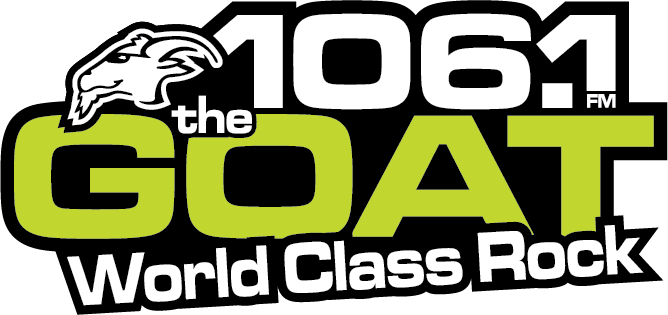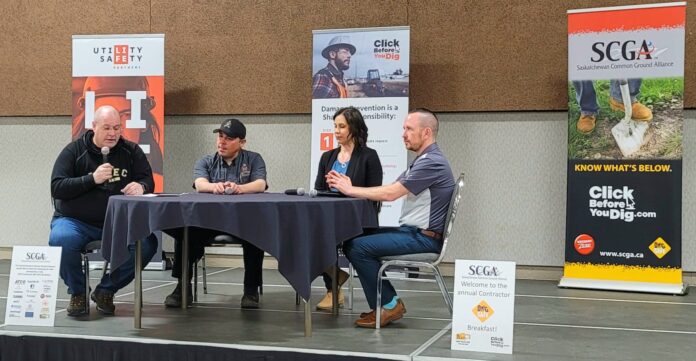A breakfast morning hosted by the Saskatchewan Common Ground Alliance saw about 100 participants hear the reminder to click or call first before digging.
As MyLloyminsterNow has reported Saskatchewan had 220 damages in which there was no notification before digging, while Alberta, in 2020, reported no locate damages totalling 416, according to the DIRT report.
Mike Sullivan president of Utility Safety Partners in Alberta explains that even sometimes when locates are done, operators should still use a shovel when they get close to buried infrastructure.
“Some of the causes of damage even though a locate has been done, is that the person that is digging perhaps didn’t follow appropriate protocols by hand-digging within a certain distance of those buried utilities once they’ve been identified.”
He noted that with using a mechanical excavator, if someone is in too close proximity to buried lines, it could result in damage. He noted that some of those utilities are volatile and by using a shovel, it allows for a more careful and measured approach.
Participants at Wednesday’s breakfast at the Lloydminster Stockade heard from a panel that included Erin Rodger, manager Sask First Call, Chad Parenteau, occupational health officer in Saskatchewan and Michael Woloski, damage prevention coordinator with ATCO.
The trio delivered the click or at least call first message, not just for industry or contractors, but as well farmers and homeowners.
Sullivan says there are over 850 registered individual buried asset owners with his group in Alberta. Once someone submits a locate online they are letting that group know of their intention to dig. Industry then goes out to verify locates and this service is free.
“It takes no time at all. Requesting a locate online can be done 24/7, 365. It literally takes five minutes to do so. Everybody has five minutes in 24-hours to do that. There’s no excuse for not doing that.”
On the issue of the damage numbers in Alberta compared to Saskatchewan, the panel revealed that there is under-reporting in Saskatchewan. Sullivan added there seems to be a greater importance placed on damage reporting in Alberta.
“There is a higher percentage of contractors that subscribe to the damage reporting service in Alberta, the second highest in the country just behind Ontario. So it looks like our damages are actually higher when in fact in our view, there is a greater awareness of the value of reporting damages.”
He adds the damage reporting system helps to determine root cause and to develop methods to prevent future occurrences.
President of the SCGA Derrick Mann says their work remains to educate and develop industry best practices. He speaks to the assertion that, ‘I’m going to dig because it’s my land.’
“I think a lot of people believe, especially landowners and farmers; I came from a farm, they have this sense that I know what’s there. I remember from 40-years ago when this line got put in. I know it’s over here. They get focussed on that and they don’t think about the fibre optics that also got put in and a waterline got put in. And a new power line came in 10-years ago.”
With about $1 billion in damages in the country every year, according to the Common Ground Alliance, Mann says they can’t stress enough how critical it is to click before you dig.
“Go and fill out the (online) form. It only takes a few minutes. You can identify exactly where you are putting in fences, doing any kind of excavation. Anything more than five or six inches of excavation, you should be getting those locates. They’re free.”


